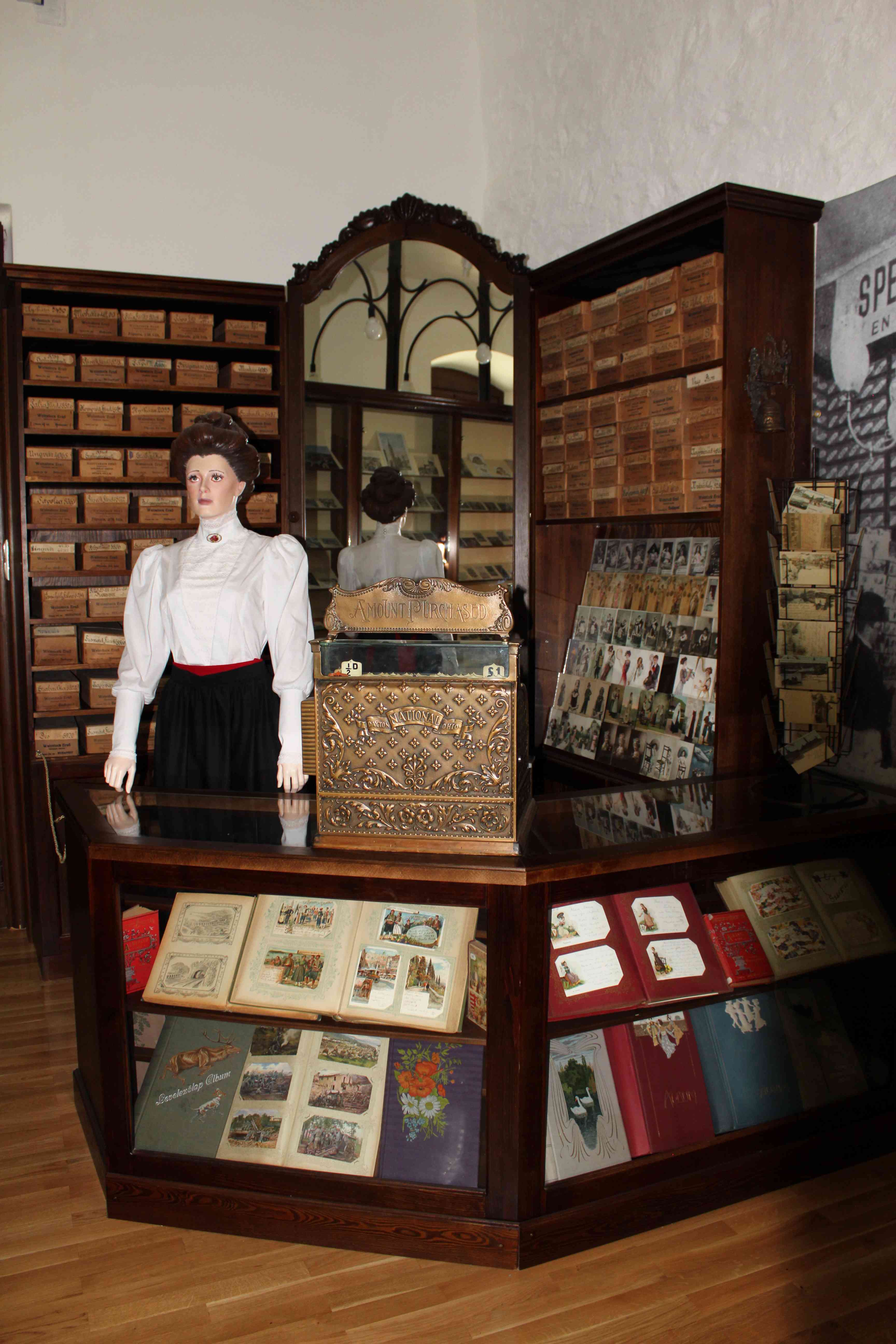 The new permanent exhibition of the Zemplén Museum in Szerencs discloses the most important collection of the institute, the internationally known postcard collection to the visitors.
The new permanent exhibition of the Zemplén Museum in Szerencs discloses the most important collection of the institute, the internationally known postcard collection to the visitors.
The postcard is a printed product, its primary function is transmitting of messages. It serves the need that the message of the sender - consistent with the regulation of the post, with the evidence of payment displayed, in an open form, with the assistence of the post - arrives at the addressee. The illustrated side is printed or made in a fotografic process, and after being copied it is sold in big numbers. The postcard is more than just a simple printed product, because the front can contain valuable pictures, the back important written information.
The goal of our exhibition is to win attention for this interesting document, that shows pieces of the past. The history, the circumstances of its publication, its old and new functions are demonstrated in the exhibition.
We recall the circumstances of the postcardproduction by demonstrating the life and work, the tools and personal items of postcard-publisher Weinstock Ernő.
We also recall the primary function of the postcard, the sending of messages with the assistence of the post. Our visitors can get familiar with the furnishing and supply of a postcardshop of the 20. century, and we didn't forget the transmitter of the message either, we show how a hungarian post-office looked at that time.
Of course there are a lot of postcards displayed too, in original and digital form. Our visitors can view not only our selection of cards, but also any given piece they are interested in with the help of IT devices.
At this part of our exhibition we commemorate dr. Petrikovits László, who generously offered his postcardcollection to the town, and founded the museum.
The new exhibition offers a lot of experiences: for ex. there is a studio in the Weinstock-room, where our visitors can dress in 20. century style clothes and take fotos. In the other room there is an old telephone box, that functions as an audio guide. The objects in the postcardshop can be touched, this offers our disabled visitors, for ex. visually impared guests more expreiences, and makes the exhibition even more interesting.



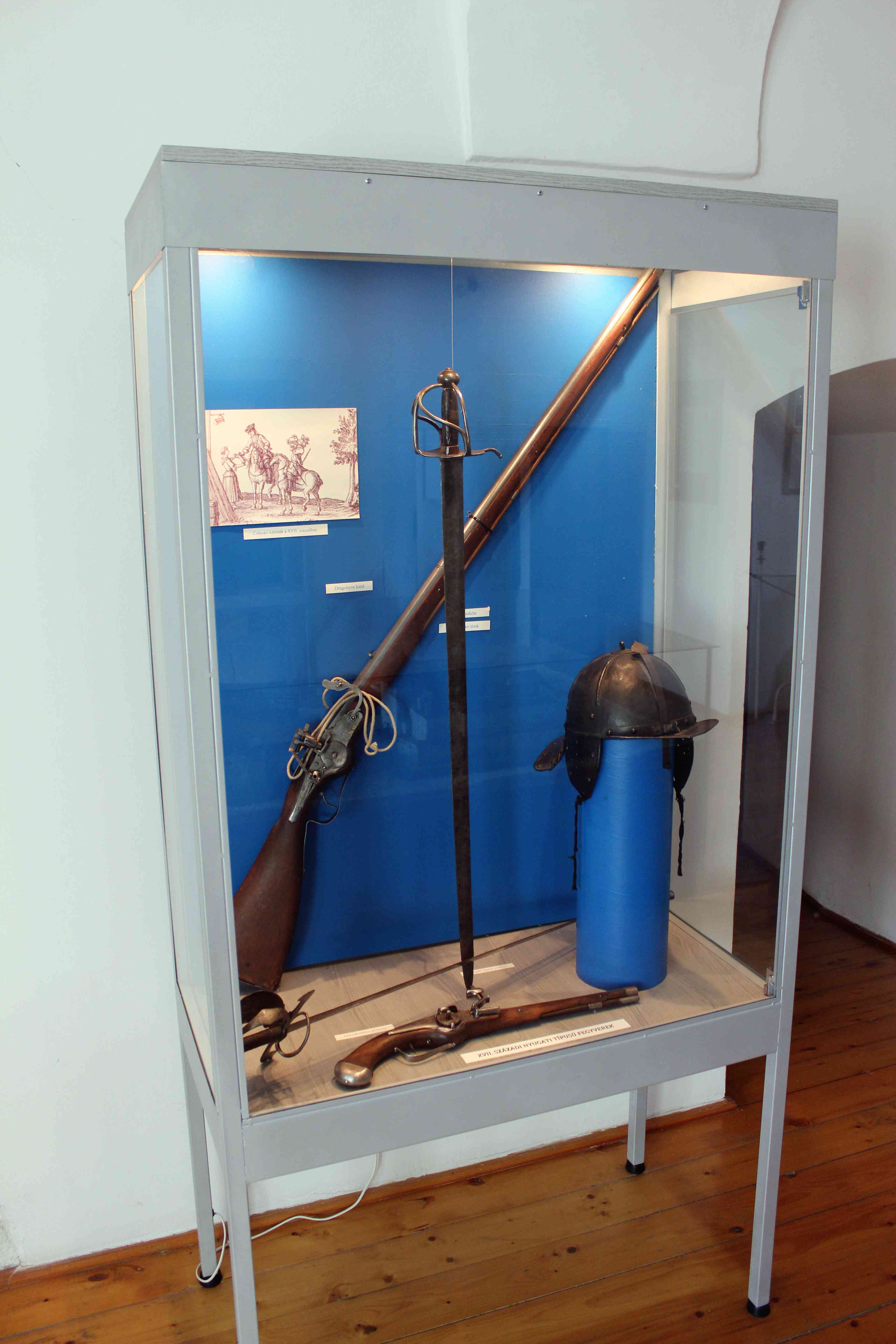 The history of the Rákóczi family, that became more and more wealthy and highly respected since the beginning of the 17th century, and the history of the market town Szerencs in the Hegyalja are connected.
The history of the Rákóczi family, that became more and more wealthy and highly respected since the beginning of the 17th century, and the history of the market town Szerencs in the Hegyalja are connected.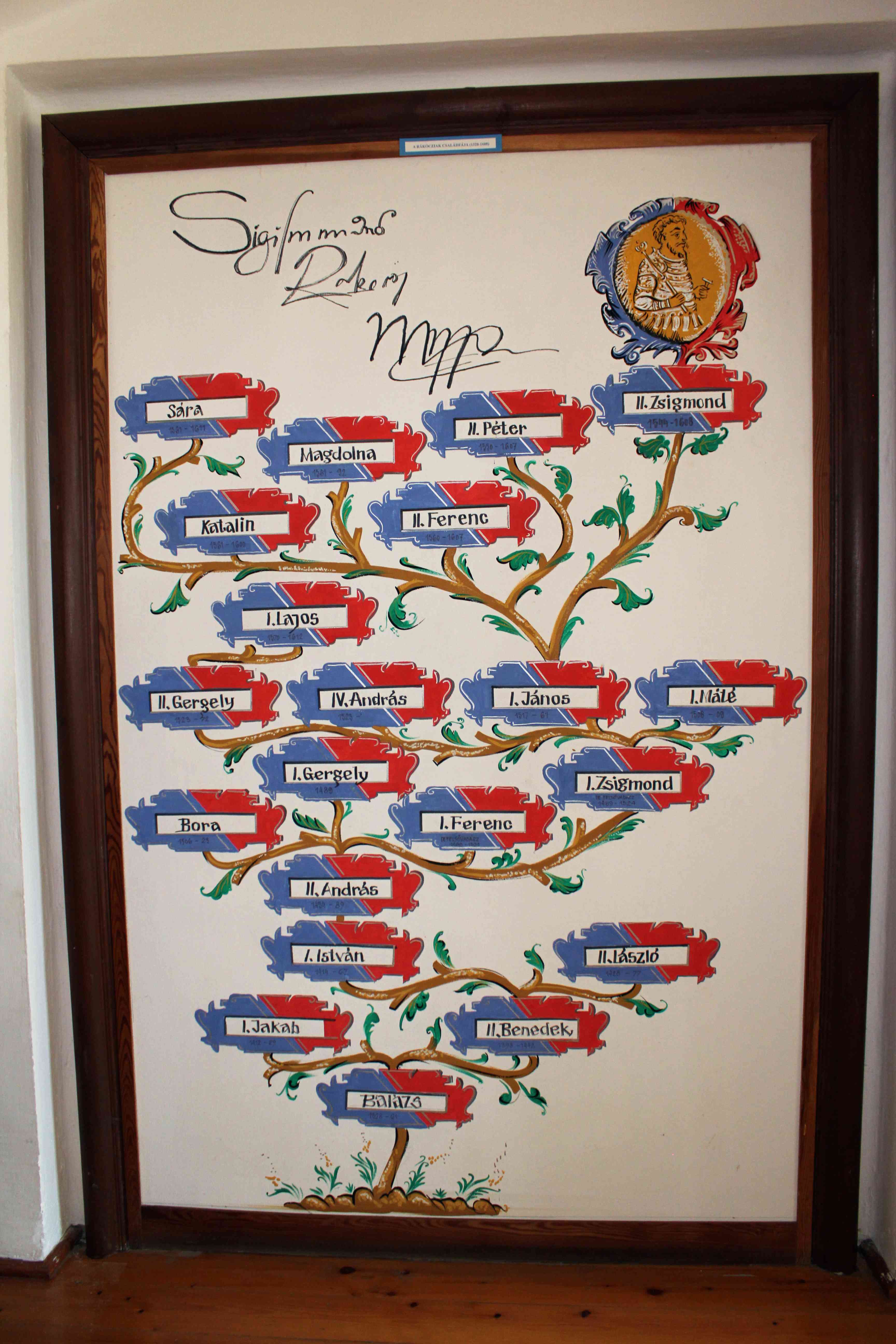
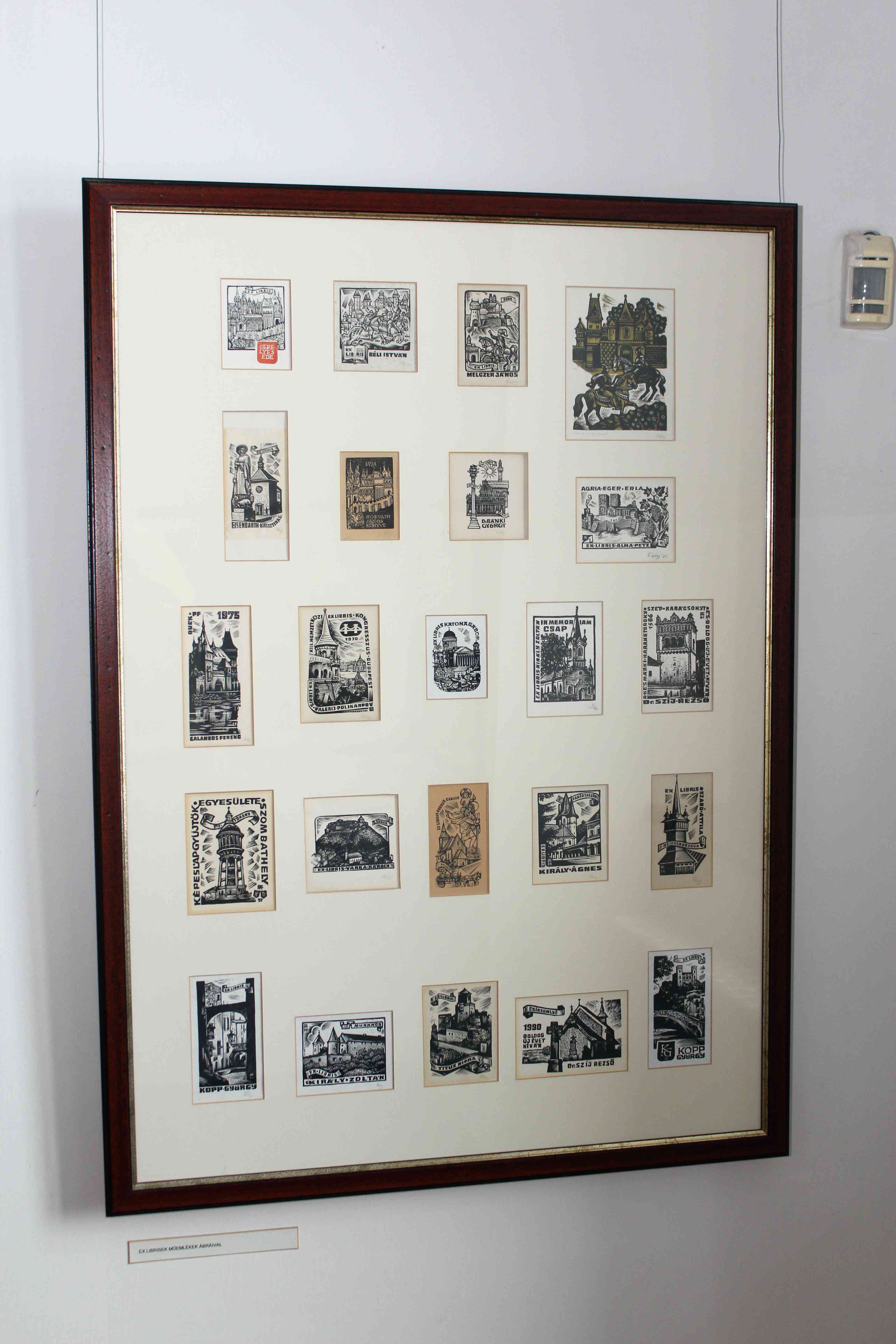 Fery Antal grafic designer was an important artist of the hungarian grafic art of the 20th century, his favourite genre was the small graphic made with the woodcut technique. He created a significant amount of these type of graphics. He is well known in Hungary and internationally, and especially among the many ex libris collectors.
Fery Antal grafic designer was an important artist of the hungarian grafic art of the 20th century, his favourite genre was the small graphic made with the woodcut technique. He created a significant amount of these type of graphics. He is well known in Hungary and internationally, and especially among the many ex libris collectors.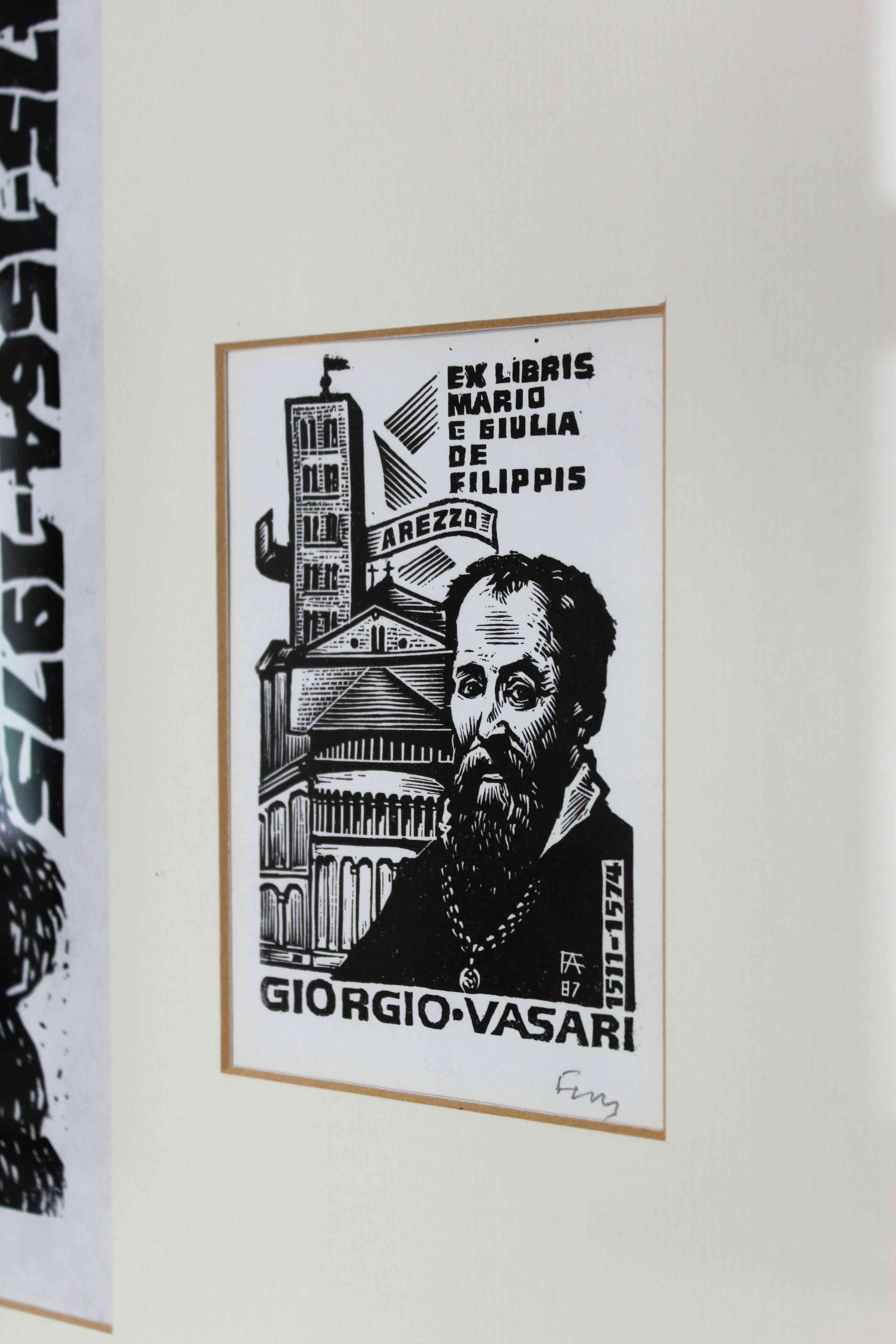
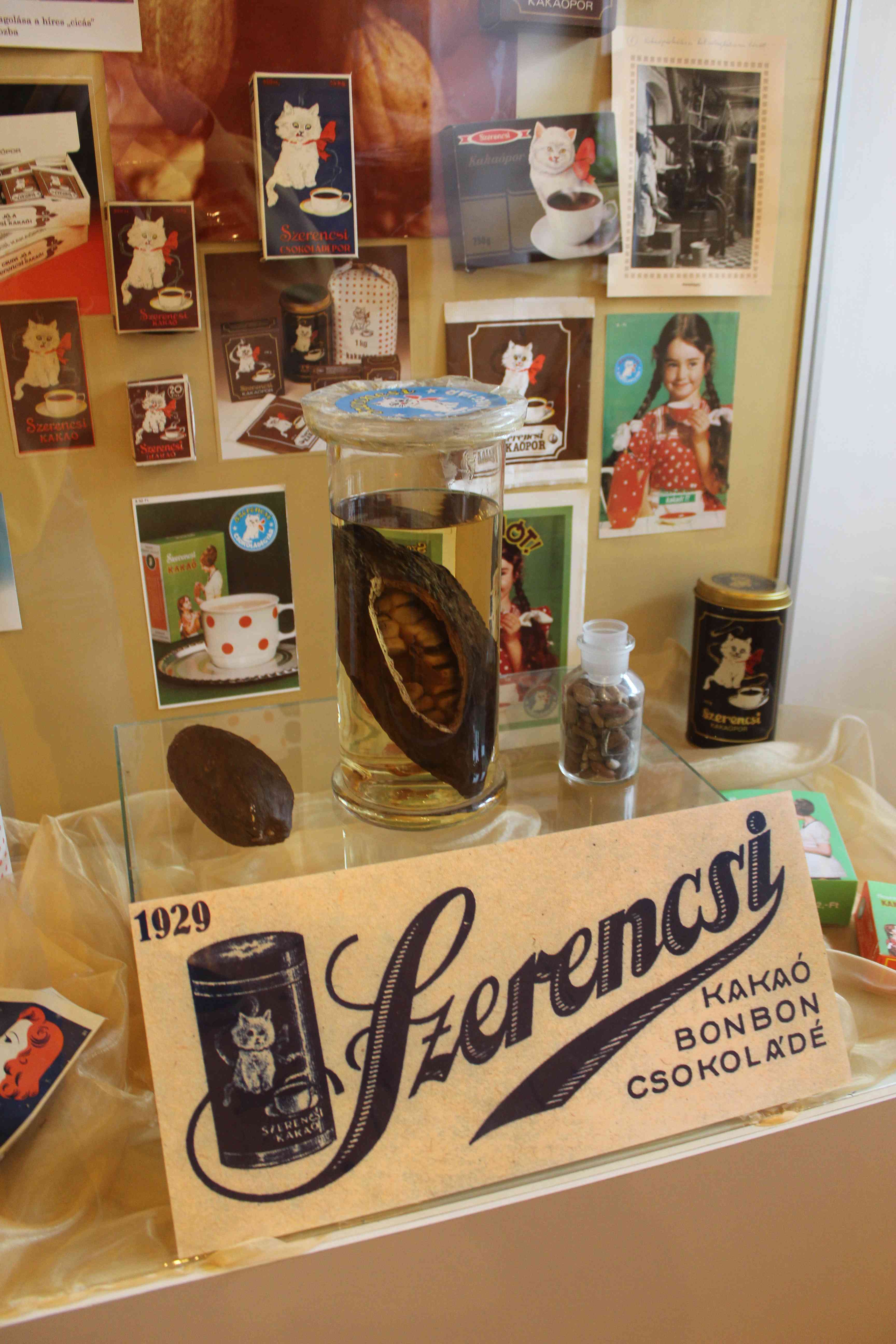 The modern history of Szerencs is closely related to the factories of the town: the history of the sugar and chocolate factory. The success of these two factories contributed to the towns economical and cultural life, and they played a very important role in the introduction of the industrial culture in the region.
The modern history of Szerencs is closely related to the factories of the town: the history of the sugar and chocolate factory. The success of these two factories contributed to the towns economical and cultural life, and they played a very important role in the introduction of the industrial culture in the region.